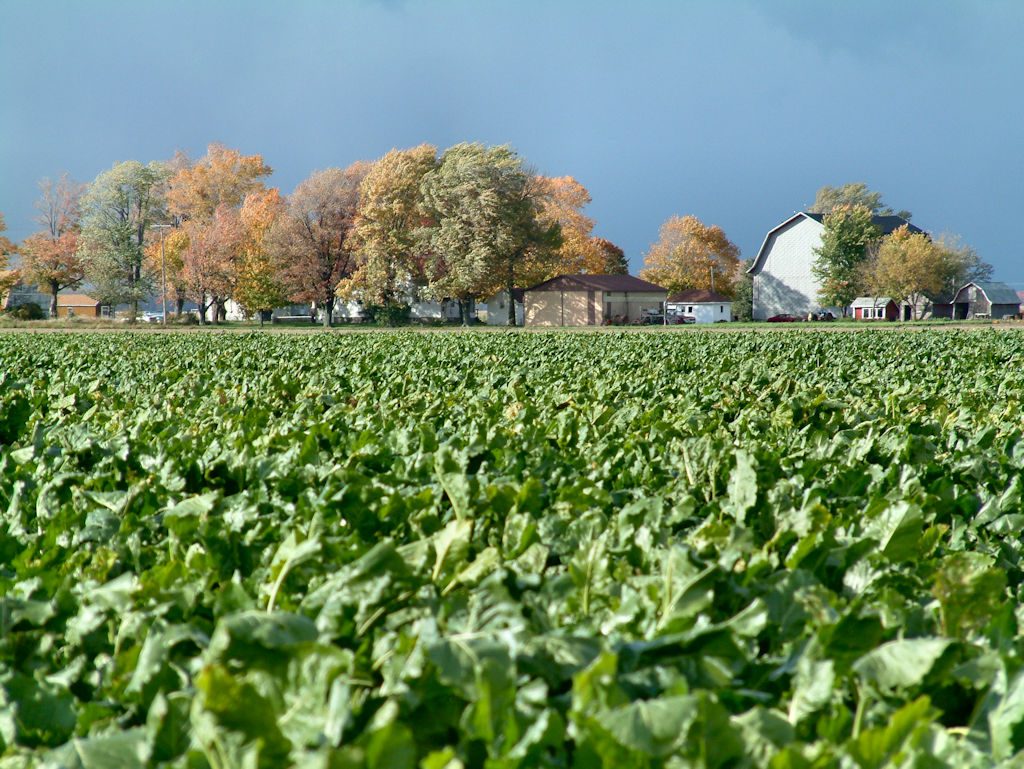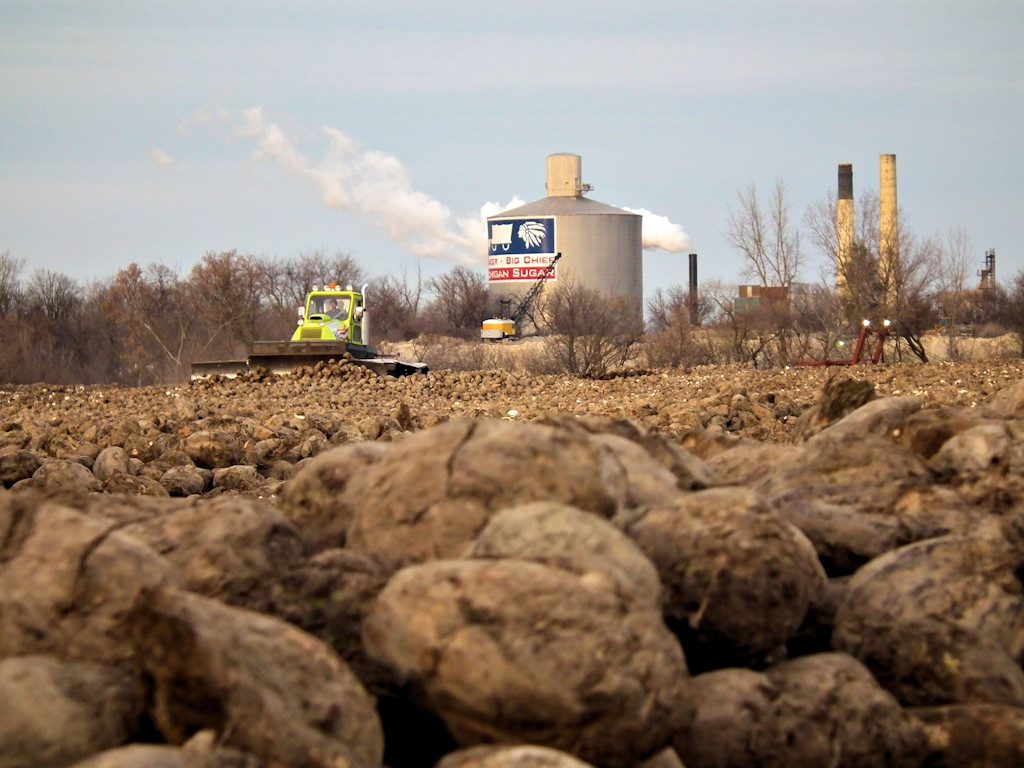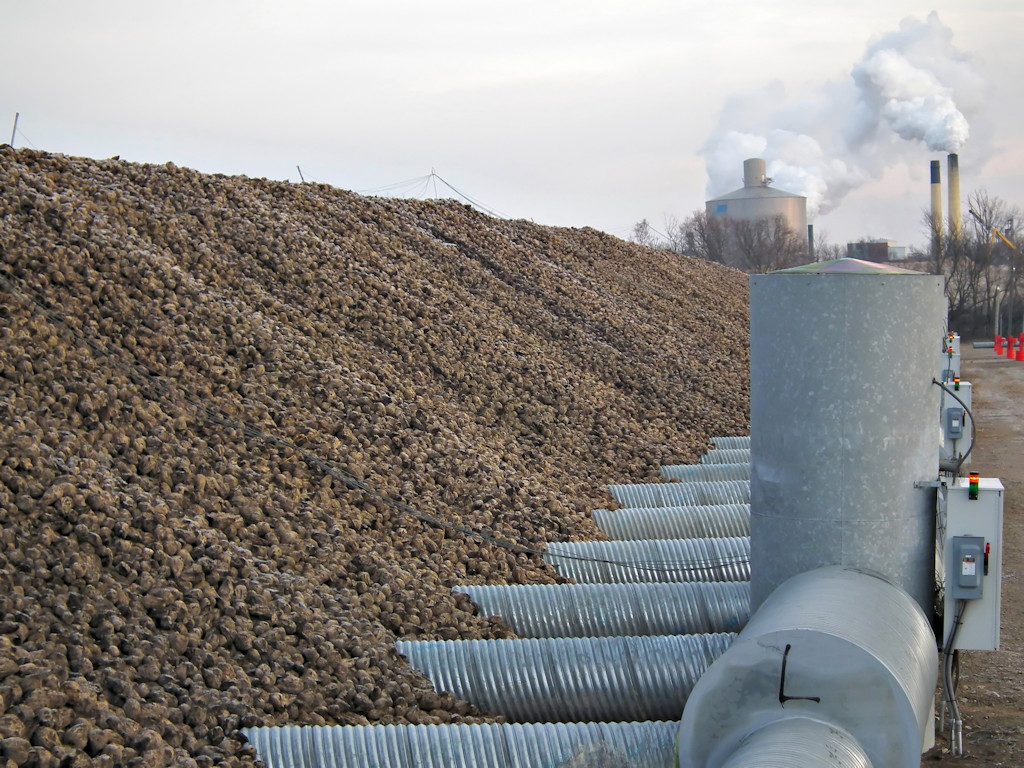Factors Affecting Sucrose Accumulation in Sugarbeet (Part 2)
As mentioned in the first part of this article series, genetics and solar radiation are both essential factors that affect sucrose accumulation in sugarbeet. Also, any nutrient that is deficient in beets can affect sucrose production and storage. However, nutrients in excess can also be a problem. Nitrogen, for example, is the most critical nutrient for increasing sugar yield in sugarbeets. Applying too much nitrogen can also be detrimental to sugar yield. The primary purpose of nitrogen is to increase foliage coverage during early to mid-season development. This will create a full canopy that will maximize light interception and photosynthesis.

Maximize Crop Uniformity with Xbeet®
Other Factors that Affect Sucrose Accumulation in Sugarbeet
Using nitrogen to promote additional leaf growth after mid-season canopy closure develops does not increase light interception. Excess applications will cause late-season nitrogen to be used for leaf growth and reducing sugar available for storage. Nitrogen also promotes tissue hydration in the root that can add extra weight from water. Thus, reducing sugar content on a fresh matter basis. Nitrogen programs need to be designed so that adequate N is available the first half of the season. N levels should decline in the second half to reducing leaf growth to maximize sugar storage.

Sugarbeet Harvest | Photo Courtesy Bill Gough
Diseases also negatively affect sugar yield. There are many mechanisms by which diseases affect sucrose storage and yield. When leaf diseases are involved, photosynthate is redirected from storage to the induction of plant defenses and regrowth of beet leaves. The canopy is reduced, and so is the light interception. Sucrose that should be stored is now being used for protection and regrowth. Root diseases, virus, and nematodes can also affect water update and the plant’s ability to make and store sucrose. Maintaining good plant health is a crucial factor affecting sucrose accumulation.
Water and heat stresses are also important components affecting production and storage of sucrose. During times of moisture deficits, leaf stomata will close limiting water loss from the leaves. This causes a reduction in photosynthesis and sucrose. Plant growth will slow because water turgor pressure is needed for cell and tissue expansion. Sugarbeets are relatively tolerant to hot conditions however photosynthesis is most efficient at temperatures between 63-77 degrees Fahrenheit. High temperatures can cause premature leaf senescence. Sugar accumulation is most efficient at temperatures around 63 degrees Fahrenheit.

Sugarbeet Piles for Processing | Photo Courtesy Bill Gough
Other Factors that Affect Sucrose Accumulation in Sugarbeet
Sucrose accumulation is a multi-step process requiring: sucrose synthesis, transport between shoot and root, root sucrose utilization and storage. It was once thought that cold weather triggered sucrose storage. Research has shown sucrose accumulation occurs throughout the growing season and is simultaneous with root growth. There is no distinct phase during development for sucrose accumulation. Many things can affect the amount of sucrose produced and stored. The longer a plant grows and the more sunlight that is captured, the more sucrose that will accumulate. Under ideal growing conditions, a healthy beet will have sucrose levels at the peak levels at the end of the growing season.

Sugarbeet Sugar Crystals | Photo Courtesy Bill Gough
Germains Seed Technology is committed to finding new seed enhancements such as Xbeet®, that will improve the speed of emergence, early season growth, and sucrose production. For more information about our seed treatments, please visit our website
